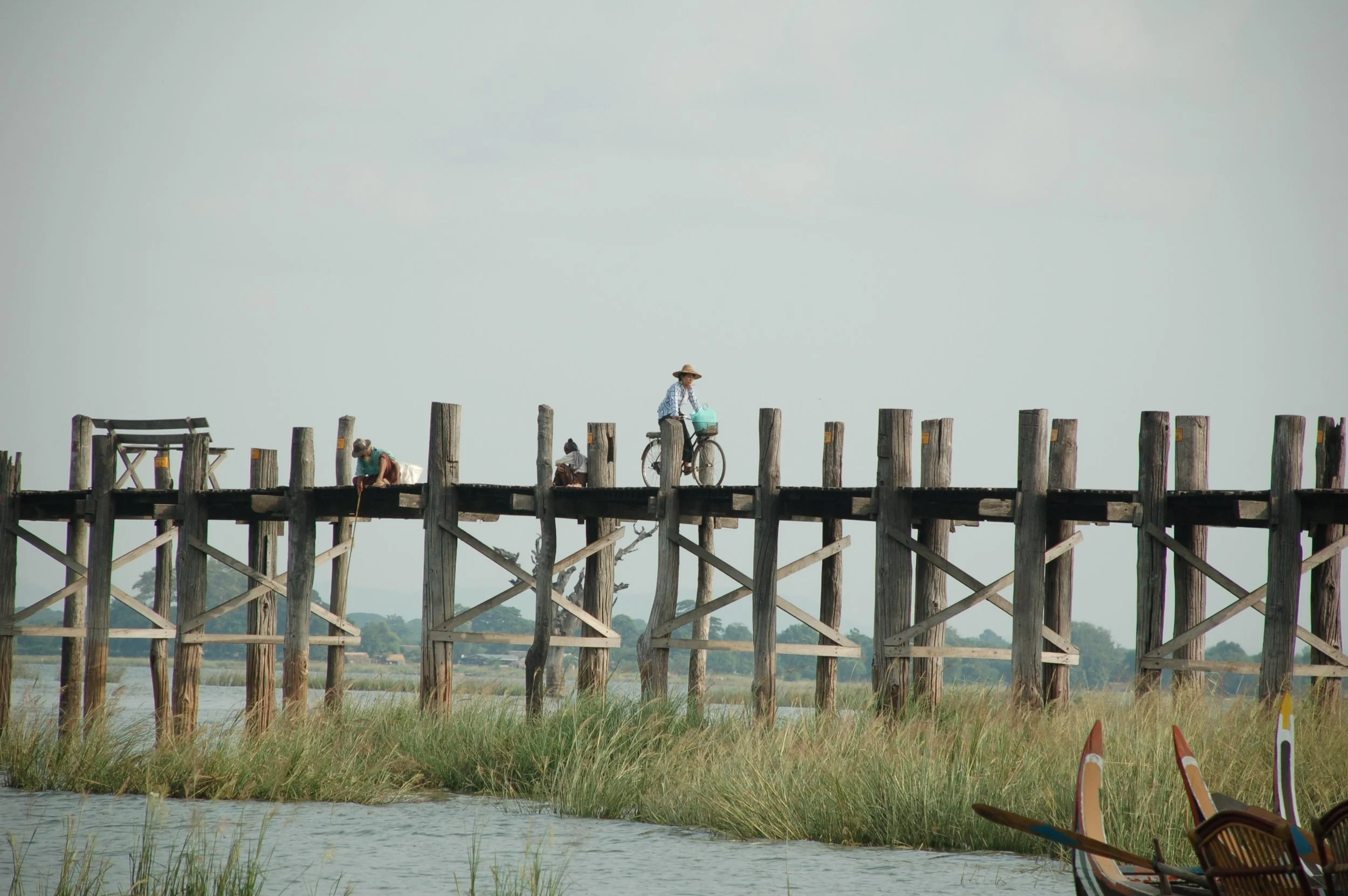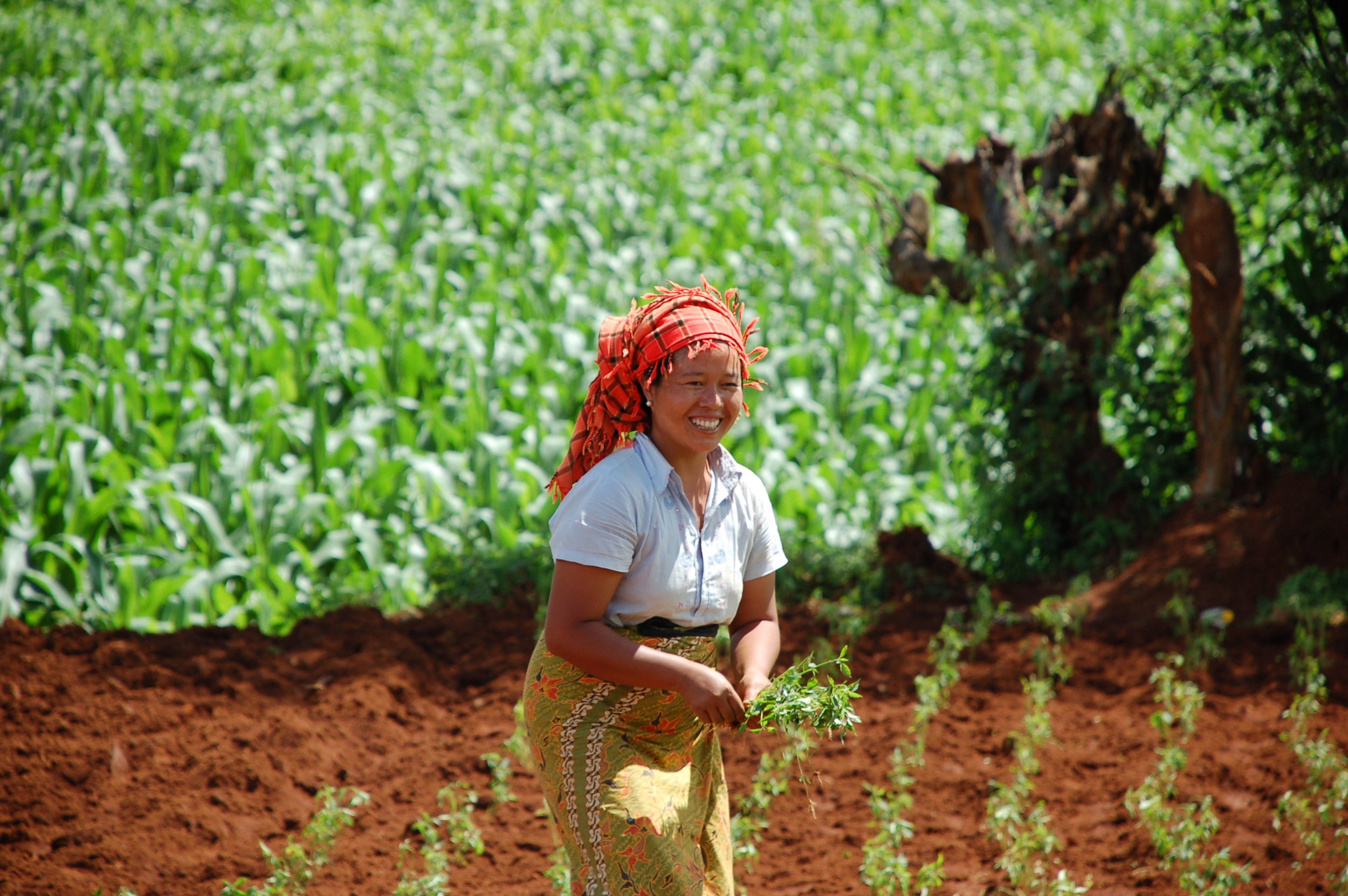
Tea Circle
-
-
Part I: Nicolas Salem-Gervais and Mael Raynaud discuss the teaching of ethnic minority languages in government schools. PDF
Part II: Nicolas Salem-Gervais and Mael Raynaud discuss the prospects of ethnic minority languages standardization. PDF
Part III: Nicolas Salem-Gervais and Mael Raynaud present two case studies and conclude this three-part post. PDF
-
-
-
-
-
-
-
-
-
-
-
-
-
-
ISEAS
-
EXECUTIVE SUMMARY
After the abolition of the 2008 Constitution, the opposition to Myanmar’s State Administration Council regime is attempting to imagine and design a federal system of government for the country.
That system will certainly include asymmetric territorial arrangements, and thus see territorial arrangements in Myanmar returning to the “mandala system” that characterized the precolonial period.
Such arrangements will have to respect “the constraints of reality”, and their realization will therefore present certain difficulties.
To overcome these difficulties, the democracy movement must do more to focus on substantive issues of governance.
-
EXECUTIVE SUMMARY
The military coup that took place in Myanmar on 1 February 2021 amounted to a de facto suspension of the country’s 2008 Constitution.
Following the coup, Myanmar’s democratic opposition, which had long opposed the constitution, announced its abolition. It is now working towards developing, and adopting, a federal system of government for the country.
This federal future is largely inspired by Myanmar’s political organization in the precolonial era, i.e. before the imposition of the Weberian state. Pre-colonial Burma, like much of the rest of the region, was defined by shifting power relations that have been described as a “Mandala” system.
Today, Myanmar’s ethnic armed groups have developed “proto-states” that deliver services and other forms of governance independently of the central state.
Ethnic demands for federalism include asymmetric territorial arrangements, involving terms such as “Reserved Territories” or “Autonomous Regions”. The 2008 Constitution itself enshrined the existence of six “Self-Administered Zones” for ethnic nationalities that were not granted the status of “state”.
Any future federal system in Myanmar is therefore likely to be “asymmetrical” in nature, though it is highly unlikely that Myanmar will do away with the modern Weberian state.
Asymmetrical federalism in Myanmar will thus be a system where a modern Mandala system and the Weberian state co-exist.
-
-

Op-ed

KAS
-
BY Tinzar Htun and Mael Raynaud
-
BY Nicolas Salem-Gervais and Mael Raynaud
IHRP
-
Abstract
Seven years into Myanmar’s political transition, the various political organizations competing for power, along with the public servants, seem to agree in seeing the country as facing three major challenges: bringing about peace, establishing the rule of law, and furthering economic development. Education will be key in training generations of citizens able to deal with these issues and in building a new Myanmar. But State and public institutions remain weak in the new political system established by the 2008 Constitution, described in this article as a hybrid system with elements of democracy and elements of an authoritarian system. In this context, civil society and other providers of education such as monastic schools, private schools, and Ethnic Basic Education Providers (EBEPs), all have a role to play not only as direct providers, but also as partners to the Ministry of Education. White such collaboration already exists, it needs to be strengthened. Yet simply improving the education system will not suffice to achieve the goals professed by the government under the leadership of Daw Aung San Suu Kyi. The social structure of Burmese society, described here as a social Stupa because of its pyramidal shape and notable social, ethnic, gender, and generational inequalities, must be addressed. Generally, a context more conducive to individual freedom, creativity, and critical thinking will be critical to peace, good governance, and economic development.
-
Abstract
Myanmar has embarked on a political transition in 2011, a transition better described here as a transition to a hybrid system, with elements of democracy and elements of military rule. Building on the existing literature on transitions, political crises, civil society and political influence, the present article attempts to define what the role of civil society has been in this process. Using the author ‘s concepts of a social stupa, in Myanmar, and of the architecture of civil society-state relations, observed through various points of contacts between the two, an argument is made that political influence is stronger in the points of contact at the top of the social stupa, where the civil society elite meets political elite. In that sense, civil society leaders can be seen as group that organically channels the voice of civil society to those in power. This explains the strategy behind the Third Force, a group of civil society leaders that gained influence in the wake of cyclone Nargis in 2008, had a significant impact on the political process, and officially or semi-officially became advisors to President U Thein Sein from 2011 to 2016. The article then argues that much of these ties have been cut by the NLD government, but that civil society-state relations have nevertheless been profoundly re-shaped in the last decade.